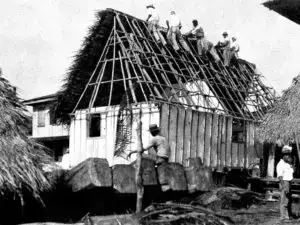
Chenchule’: Social Reciprocity
Chenchule’ refers to the intricate system of social reciprocity at the heart of ancient and contemporary CHamoru society. Chenchule’ is a support system of exchange

Chenchule’ refers to the intricate system of social reciprocity at the heart of ancient and contemporary CHamoru society. Chenchule’ is a support system of exchange
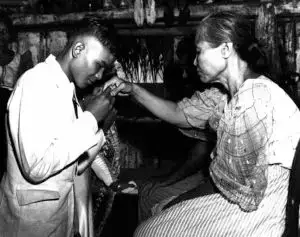
Nginge’ is a term that describes the smelling or sniffing of the back part of an elder’s slightly raised right hand. Elders, or manåmko, collectively
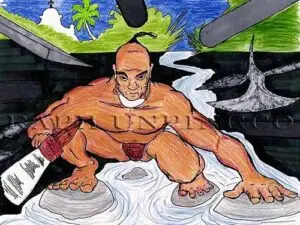
Matatnga is defined as “strong personality or fearless.” Chief Hurao, a CHamoru leader during the Spanish-CHamoru wars in the late 1600s, was the living embodiment
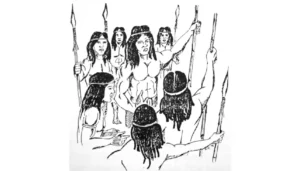
The CHamoru expression inafa’ maolek (making it good for each other) expresses a core CHamoru value. A life of harmony is taken to be the
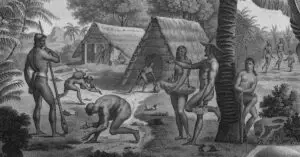
Taotaomo’na, the people of before, refers to ancestral spirits that inhabited the earth along with the living. Ancient Chamorros/CHamorus believed the world around them was

Interpretive essay: Striving for harmony is the foundation to CHamoru culture. The phrase inafa’ maolek (pronounced e-na-fah mao-lek) describes the CHamoru concept of restoring harmony